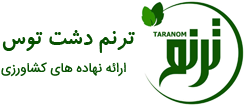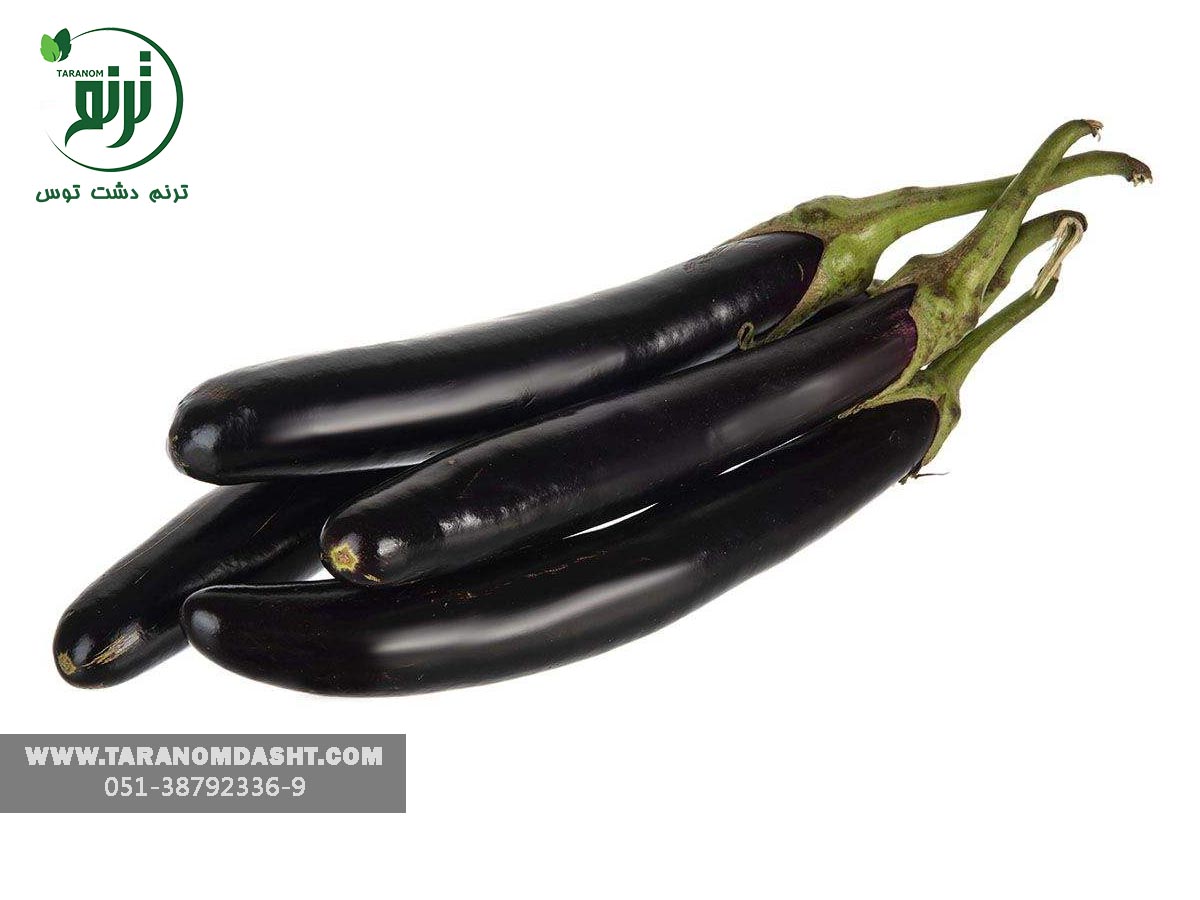- شما هیچ آیتمی در سبد خرید خود ندارید
- قیمت کل: 0 تومان
Solanum L., is the largest genus of the family Solanaceae with over 2,000 species. Considering their worldwide distribution, a remarkably high level of morphological diversity has manifested at the species, the cultivar and the generic levels. This coupled with the cross ability affinities between S. melongena and other distantly related Solanum species producing fertile F1 hybrids makes classification much more complicated. This extreme diversity of the species of Solanum has been attributed to its great antiquity, as well as its extraordinary rate of speciation. This study explored and determined the levels of both inter and intra genetic relationships as well as variability among vegetable Solanum and wild related species collected from Southern Nigeria. Forty nine samples representing 12 different species of vegetable Solanum and related species were randomly collected and studied. Data obtained from measurement of thirty seven quantitative and qualitative phenotypic characters were analyzed. Analysis of these traits showed samples occurring in 11 major clusters while 2 samples remained ungrouped at a truncated line of 51%. The correlation coefficient 0.75 for the highest similarity between genotypes and the least 0.34 displayed a good separation from a conserved region of the genome. Principal Component Analysis (PCA) also revealed that fruit characters were important agronomic marker traits with a cumulative total variation of 67.96%. These characters most effectively discriminated among samples and hence are useful in establishing a simple but effective vegetable Solanum classification system in Nigeria
Reference..



